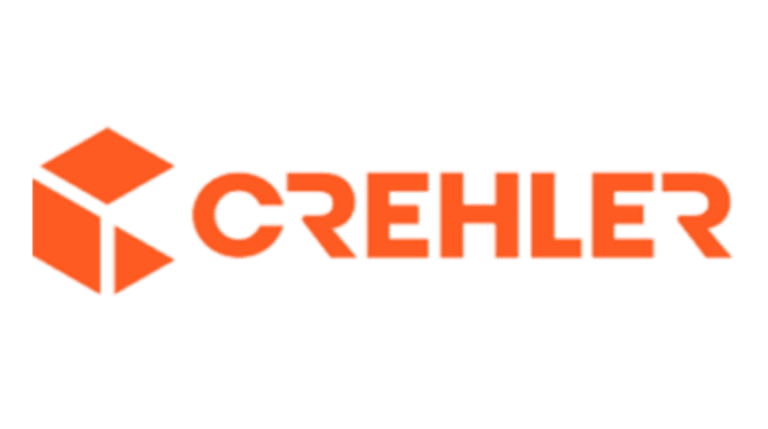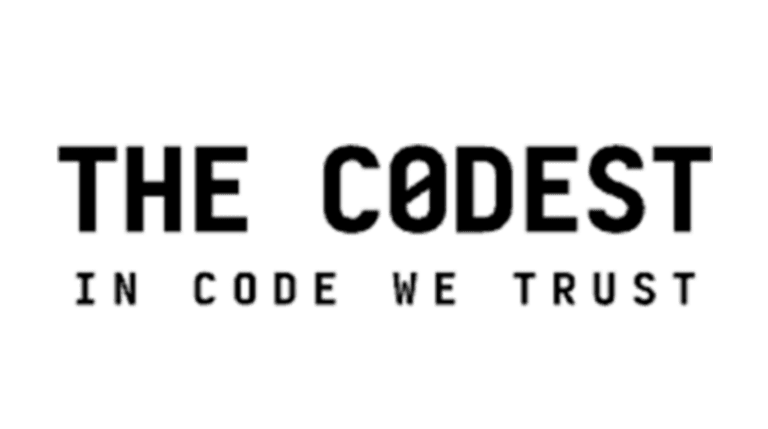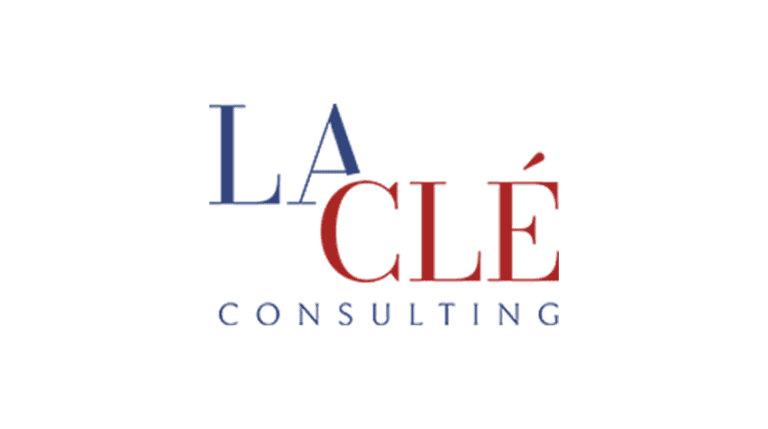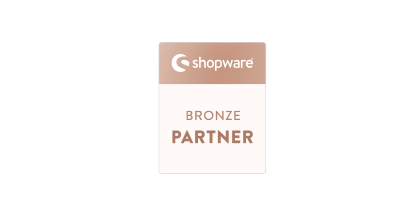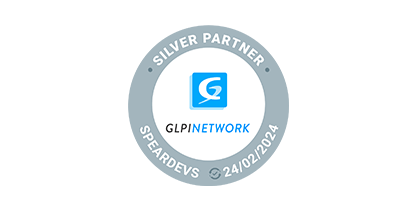Software Audit
A software audit is the process of evaluating a software system for compliance with specified, usually regulatory requirements. It can be used to verify that the system was developed according to design, or to assess the state of the system at a given point in time.
We do software audits for newly created solutions as well as for mature, production-grade software.
Step 1: Tech Debt Analysis
Tech debt is a term used to describe the consequences of making short-term decisions (such as skipping required testing) in order to speed up development or to meet deadlines. The debt metaphor is used because technical debt increases over time, just like financial debt. Reducing tech debt is a process. Like any other process it consists of specific, well-thought operational steps. First, we do a software audit and look for all potential issues and signs of a tech debt. Next, we speak with your technical team and ask them about the solution – as they were implementing it and have the best knowledge about all the shortcuts that were taken. Later on, we prepare the plan on how to proceed and how to improve your software. Last, but not least – we follow the plan and make your software better over time (or we help your team to achieve the specific goals). This is very important to be aware that reducing software debt is often a long-time process and it needs the participation of the whole team. Sometimes the tech debt is so big that it actually makes sense to rewrite the application, especially if the solution is simple. We can help you figure out if this makes sense and estimate the efforts if so.
Documentation review is a key part of the technical debt analysis process. By reviewing documentation, you can get a clear understanding of the codebase and its current state. This information can help you identify and prioritize technical debt.
Technology review is a process of understanding the current state of technology in an organization and the associated risks and opportunities. It helps in making informed decisions about technology investments.
Technology review is an important part of technology debt analysis. Technology debt is the accumulation of technical debt over time. It is the result of decisions made about technology that trade short-term benefits for long-term costs. Technology debt can have a negative impact on an organization’s ability to achieve its strategic objectives. It can also increase the risk of data breaches and other security incidents.
An architecture review is a process where the overall design of the system is evaluated, and any potential problems or areas of improvement are identified. This can help to identify and address any debt that has built up, and can help to keep the system running smoothly.
After the application is finished there are still some adjustments that experienced developers can make to improve software significantly. Reviewing the architecture can help you to find a good way to grow your business from a technical point of view. If you know what you want to achieve, we can help you and propose the best way to do this. We have experience with designing and building various architectures for greenfield projects, as well as improvements and changes made in mature, production systems. Let us use our experience in your application – we’re sure that we can help you open up new opportunities for growth.
Code review is required to improve the quality of code, and to keep it high. It is a process where a code is reviewed by one or more developers to find problems and to propose potential improvements. It is done throughout the software development, and helps in reducing the overall cost of the project.
External team of developers are focusing not only on how the code was written but can review if programmers follow good practices, and if the progress is stable.
There are a number of key metrics and key results that can be used to track and manage technical debt. These include:
- Debt-to-code ratio: This measures the amount of code that is debt-free against the total amount of code. It can be used to track the progress of reducing technical debt.
- Cyclomatic complexity: This measures the complexity of code and can be used to identify code that is more likely to have defects. It can be used to identify and address areas of high technical debt.
- Defect density: This measures the number of defects per thousand lines of code. It can be used to identify areas of high technical debt.
Step 2: Human / Business Issues Analysis
As we have strong business origins, we understand the importance of human/business issues analysis. We know that our products are only as good as how much they help the people who use them. We also know that our success depends on our ability to work with our customers and partners. That’s why we’re committed to understanding the human/business issues that impact our products and our customers. We do this by involving our project and product managers who will be conducting research, listening to our customers, and collaborating with our partners.
Step 3: Prepare an Action Plan and Bring it to Life
If you’re looking for ways to improve your products and services, you’re in the right place. But how to start,and how to make sure your changes actually make a difference? That’s where an action plan comes in. An action plan is a roadmap for improving your business.





